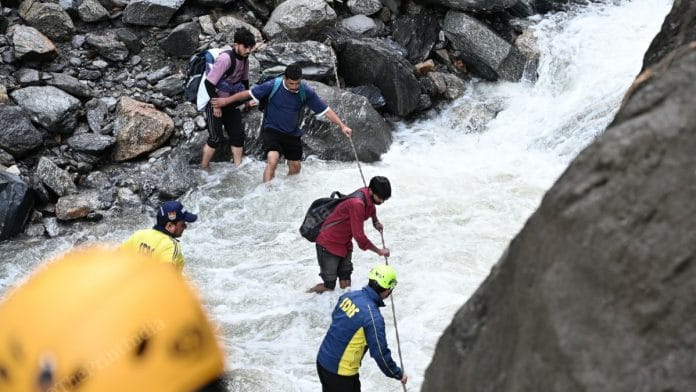Matli (Uttarakhand): Boulders hurtling down the mountainside, roads falling away underfoot, the constant rain as they shiver under the open sky and injuries that are yet to be treated. The pain of those stranded by the floods in Uttarakhand is far from over, but rescue teams are trying to mitigate the ravages of the disaster as best they can.
The Indo-Tibetan Border Police (ITBP) is working night and day from its headquarters in Matli, which is currently the epicentre of rescue operations for the flash flood-affected areas in the state.
Helicopters take off carrying supplies and rescue personnel to Dharali, Harsil and
other areas, and come back with survivors.
There are frequent interruptions in the relief efforts because of the rain. Like on 8 August, ThePrint found most of the helicopters parked in a large, open green space in the middle of the camp, waiting for the weather to clear a little.
Just before the weather changed for the worse, Uttarakhand Chief Minister Pushkar
Singh Dhami managed to land after reviewing the relief and rescue operations. An office has been set up for Dhami at the ITBP headquarters to oversee the operation.
“The flash floods happened at about 1:30 pm. And personnel from ITBP reached that
location [Dharali] by 4:30 pm, so they started rescue immediately,” said Deputy
Inspector General Parminder Singh. “We were able to rescue 130 people and take them to the other side of the village, at Kopan, where there is an ITBP location.”
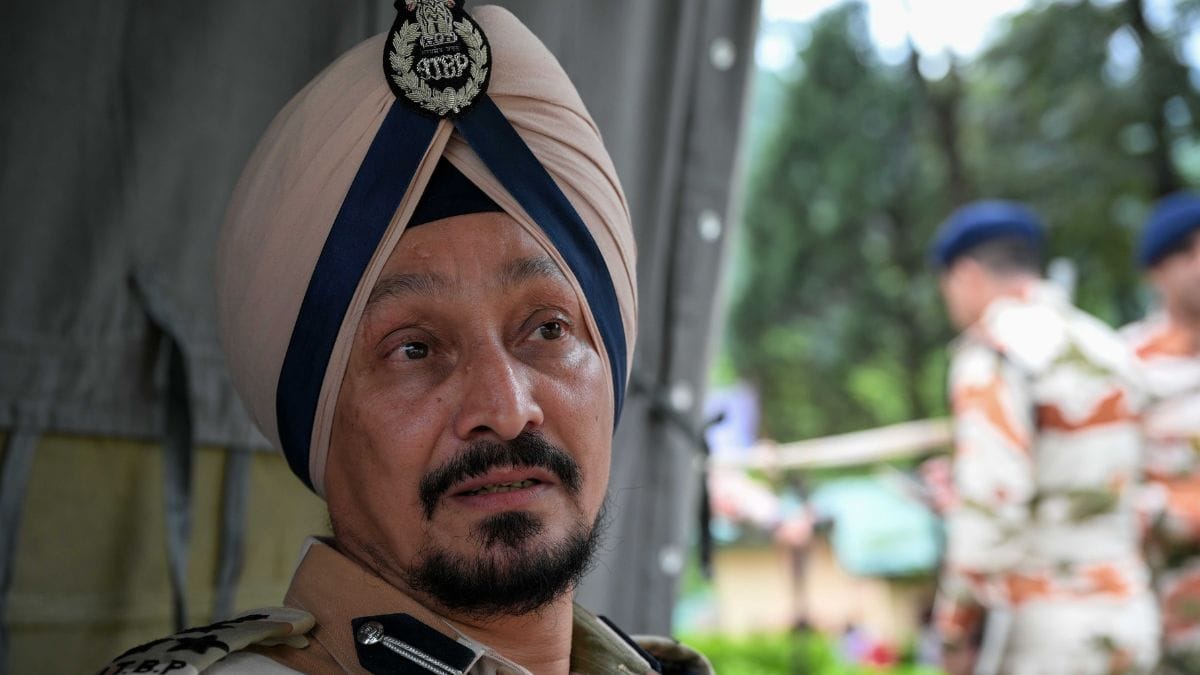
Singh showed us several lists of missing local people on his phone, messages on coordination between departments and updates on rescue operations. “There were three locations affected by the flood,” he said, before listing out Dharali, Harsil and Sukhi Top. “But there was no damage at Sukhi Top.”
On the second morning after the floods, the ITBP found the body of a villager from
Dharali. The same morning, nine other villagers were identified as missing and
operations were started to locate them.
“Due to the bad weather and moving slush, we were not able to start full-fledged
operations, but we were able to trace them,” he said, adding that four people have been traced, while five are still missing. “On day two, we had seven ITBP teams with two
medical teams conducting rescue operations in the area,” he added.
Weather & damaged roads the biggest challenge
Rescue operators are facing several challenges, the most critical being the weather
and damaged roads. “We have a single road to reach the location, which at present is blocked in six places,” said Singh, adding that two bridges had been washed away. “As for reconstructing the roads or restarting the yatra (Char Dham), it may take some
time.”
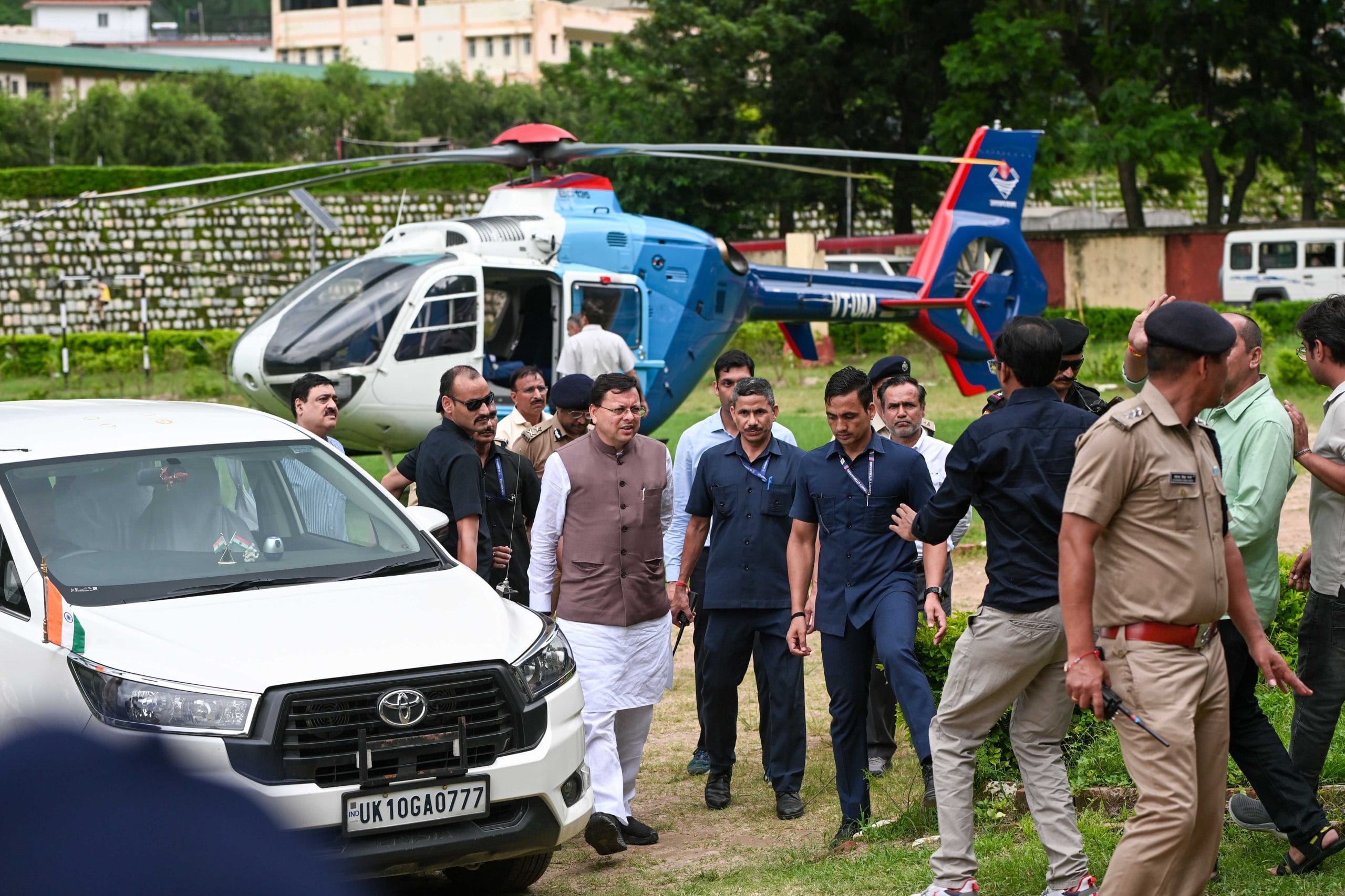
Singh went on to highlight that the state machinery and armed forces were
coordinating and trying to resolve the roadblocks. The National Disaster Response Force (NDRF), State Disaster Response Force (SDRF), Indian Army and ITBP are all ensuring
that the required equipment is being sent to affected locations.
Rescue operations in flood-hit Uttarakhand are being carried out in three phases,
according to DIG Parminder Singh.
The first phase is the evacuation of all stranded people, which includes injured locals and tourists. “Today we received a patient who has been fainting for the last two days. He cannot have the required medicines prescribed by the medical officer,” said Singh, adding that other victims had to be moved urgently due to conditions like hypertension.
The immediate goal is to bring everyone down from affected areas and send them to
their hometowns, a task likely to be completed in a day or two, he said. While the injured were moved in the first two days, teams are now assisting villagers still cut off by the floods.
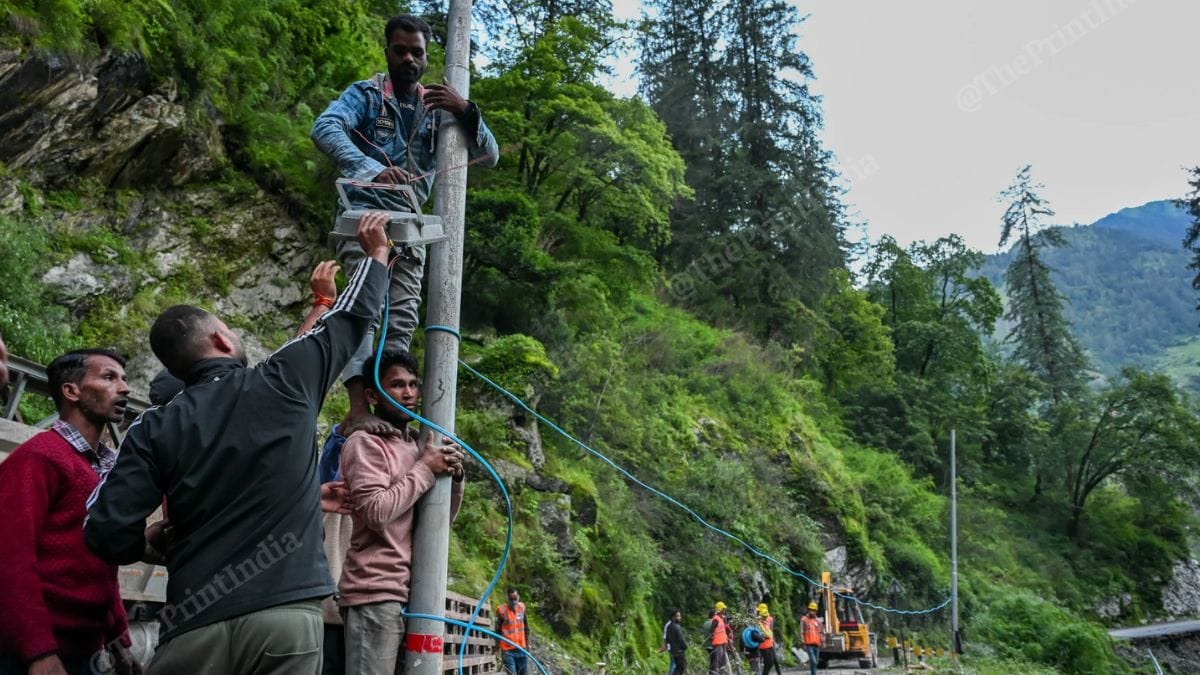
The second phase will focus on restoring communication, electricity, and basic
supplies. “For them everything is gone,” Singh said. Power lines are being reconnected
and mobile networks are slowly returning—an Airtel tower has started functioning,
while two Jio towers are back online. This stage could take four to five days,
according to Singh.
The final priority will be repairing damaged roads and bridges, which could take “maybe
two weeks, three weeks”. Parminder noted that while priorities are sequential on
paper, many are running in parallel.
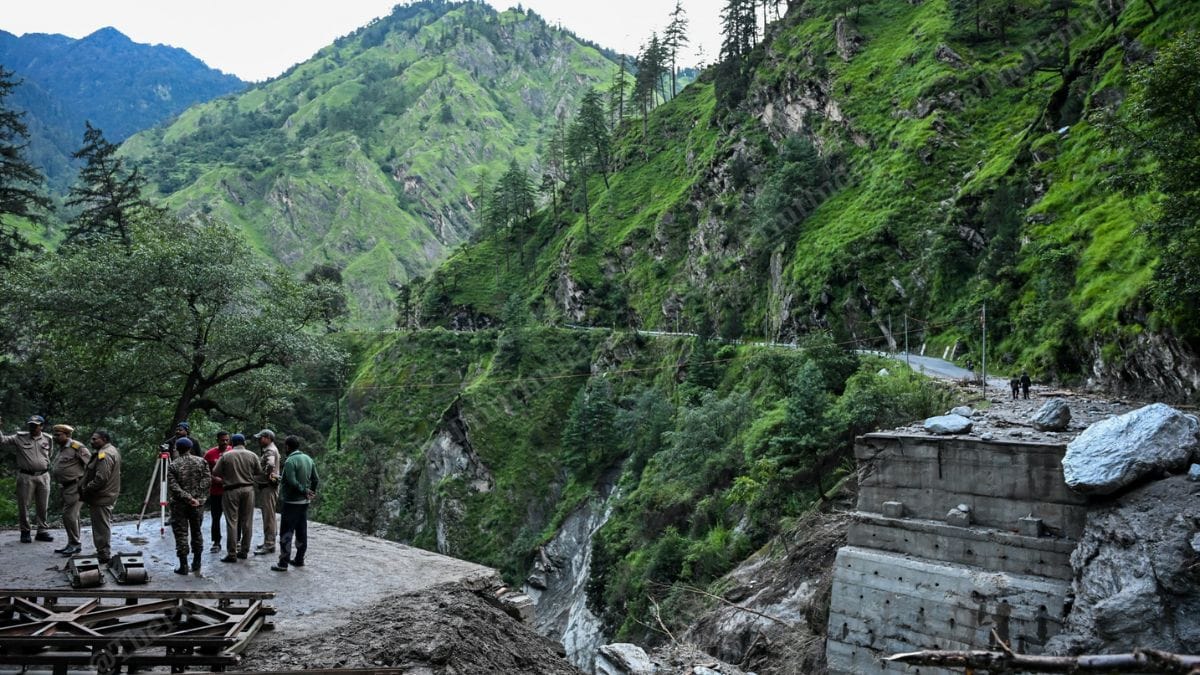
“Though we are evacuating those who are injured, at the same time workers are
focusing on construction of the road,” he said. “But our concentration is first towards
getting survivors down to safety.”
(Edited by Viny Mishra)
Also read: In flash floods-struck Uttarkashi, rescue ops continue under constant threat of ‘more landslides’



